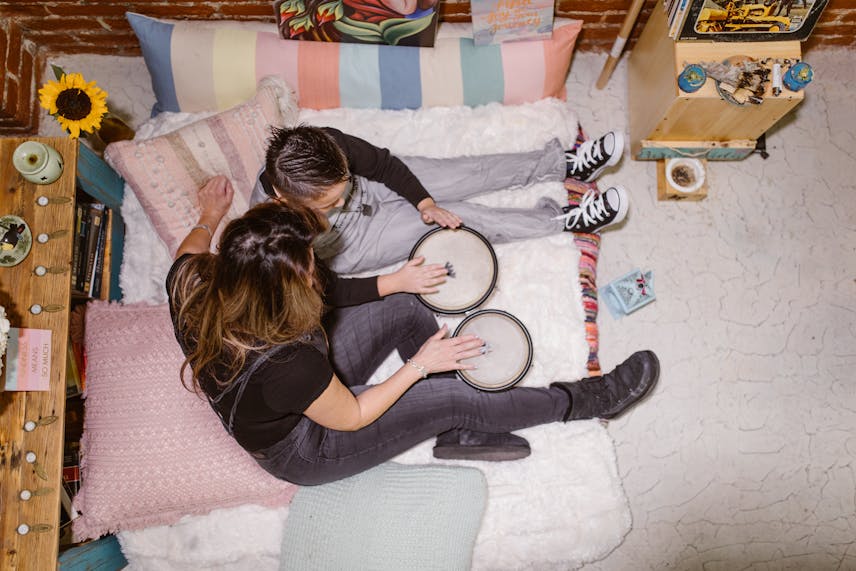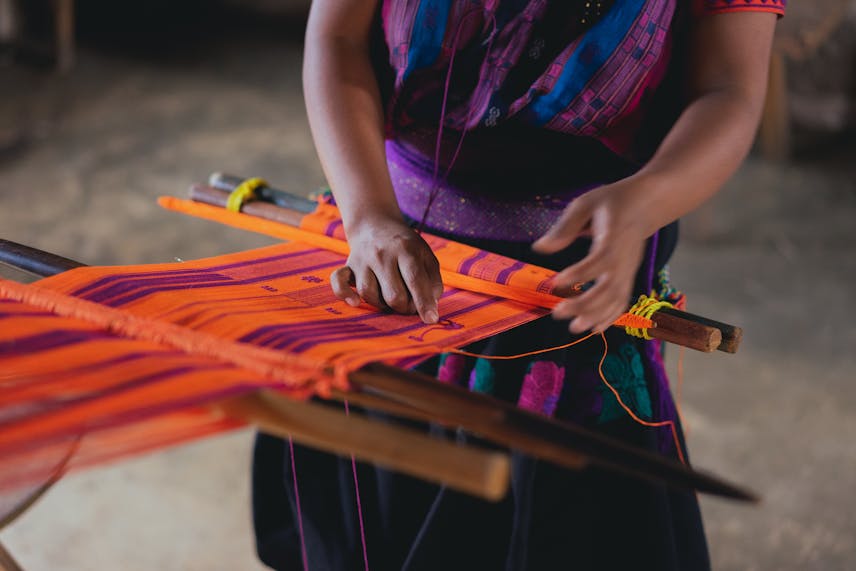When discussing the soothing genres of music, drums for lofi music often stand out as a defining element. The laid-back beats and subtle intricacies of lofi drum patterns create an inviting atmosphere for relaxation and focus. In this post, we delve into the world of lofi drums, exploring their unique characteristics and how they contribute to the overall essence of lofi music.
The Signature Sound of Lofi Drums
One cannot mention lofi music without highlighting the distinctive sound of its drums. Lofi, short for ‘low fidelity,’ refers to the intentional inclusion of imperfections in the audio to give it a warm, nostalgic feel. These imperfections often manifest in the drums through vinyl crackles, tape hiss, and slightly off-beat rhythms that mimic the sound of old-school recordings.
The classic lofi drum kit is usually comprised of a kick drum, snare, hi-hat, and sometimes a few additional percussion instruments. Producers tend to opt for samples that have a muffled, dusty quality, as if the drum sounds were lifted from an old vinyl record. This is achieved through various techniques, including equalization to roll off the high-end frequencies and compression to give the drums a ‘punchier’ feel.
Composing Drum Patterns for Lofi Tracks
Creating the perfect drum pattern is crucial for setting the right vibe in a lofi track. The tempo is typically slower, ranging from 60 to 90 beats per minute, which aligns with the relaxed, downtempo nature of lofi music. The patterns themselves often feature a ‘swing’ rhythm, giving the music a laid-back groove that sets it apart from more rigid, quantized beats found in other genres.
Another essential aspect of lofi drum composition is the use of ghost notes—quieter, subtler notes that add complexity and texture to the main beat. These are often found on the snare drum, providing a shuffle that makes the rhythm feel more organic and less mechanical.
Sampling and Sound Design in Lofi Drums
Sampling plays a pivotal role in the sound design of lofi drums. Many lofi producers scour old records and obscure tracks to find unique drum sounds that they can chop and manipulate for their own use. This sampling culture not only adds authenticity to the lofi aesthetic but also pays homage to the hip-hop roots from which lofi emerged.
Sound design for lofi drums goes beyond mere sample selection. Producers often layer different sounds to create depth, such as combining an acoustic snare with an electronic one to achieve a particular texture. Furthermore, sidechain compression is frequently used to create a ‘pumping’ effect where the kick drum causes other elements of the track to momentarily dip in volume, adding to the rhythmic drive of the music.
Drum Programming Software and Hardware for Lofi
For those looking to produce lofi music, there is a plethora of drum machines and software available. Some producers prefer hardware like the Akai MPC series or the Roland SP-404 for their tactile feel and on-the-fly sampling capabilities. Others opt for software such as Ableton Live or FL Studio, which offer extensive sampling and sound manipulation tools.
Regardless of the choice of gear, the focus remains on capturing the essence of lofi drums—be it through meticulous programming or improvised jamming.
In conclusion, the drums are the heartbeat of lofi music, providing a canvas for melodic elements and setting the overall mood. The unique sound and composition of lofi drums are what make this genre so appealing to listeners worldwide. As the popularity of lofi continues to grow, so does the appreciation for the nuanced and skillful approach to drum production within the genre.



